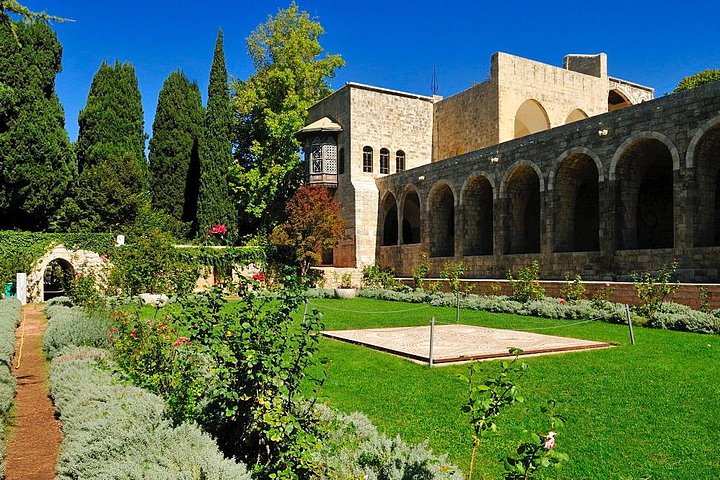Exploring the Spiritual Depths and Heights of Lebanon
Drawn by the allure of Lebanon’s natural and spiritual wonders, I embarked on a journey to explore the mesmerizing Jeita Grotto and the iconic Harissa. Join me as I delve into the beauty and history that define these remarkable landmarks.
The Enchantment of Jeita Grotto
As I embarked on my journey to the Jeita Grotto, I was filled with a sense of anticipation. This natural wonder, a masterpiece sculpted by time, promised an experience that would resonate with my soul. The grotto, a labyrinth of limestone caves, is a testament to nature’s artistry, and as I descended into its depths, I felt a profound connection to the earth’s ancient past.
The upper cave, with its intricate formations of stalactites and stalagmites, was a sight to behold. Each formation seemed to tell a story, whispering secrets of the ages. The play of light on the crystalline structures created a mesmerizing dance of shadows and reflections, a visual symphony that left me in awe. As I navigated the lower gallery by boat, the serene waters mirrored the cave’s grandeur, offering a moment of tranquility and reflection.
In this subterranean sanctuary, I found a space for contemplation, a place where the boundaries between the physical and the spiritual blurred. The grotto’s timeless beauty reminded me of the interconnectedness of all things, a theme that often guides my travels and writings.
Ascending to Harissa
Leaving the grotto, I made my way to Harissa, a site of spiritual significance perched high above the Lebanese coastline. The journey to the shrine of Our Lady of Lebanon was an ascent not just in altitude, but in spiritual elevation. The téléferique ride offered breathtaking views of the Bay of Jounieh, a panorama that seemed to stretch into eternity.
At the summit, the statue of the Virgin Mary stood as a beacon of hope and faith. Her outstretched arms seemed to embrace the world, a gesture of universal love and compassion. As I stood beneath her gaze, I felt a deep sense of peace and reverence. The chapel within the statue’s base provided a quiet space for prayer and reflection, a sanctuary for the soul.
The surrounding churches, each with their unique architectural styles, added to the spiritual tapestry of Harissa. The Byzantine-style basilica of St. Paul, with its intricate mosaics, was particularly captivating. Here, amidst the echoes of ancient liturgies, I felt a connection to the rich tapestry of Christian history in the region.
A Journey of Reflection
This journey through Lebanon’s natural and spiritual wonders was more than just a travel experience; it was a pilgrimage of the heart. The Jeita Grotto and Harissa, each in their own way, offered insights into the beauty and complexity of creation. They reminded me of the importance of preserving these sacred spaces for future generations.
As I reflect on this journey, I am reminded of the words of Rumi, “The wound is the place where the Light enters you.” In the depths of the grotto and the heights of Harissa, I found light in abundance, illuminating the path of my own spiritual journey. This experience has enriched my understanding of the world and deepened my appreciation for the sacred landscapes that define our shared heritage.
I invite you, dear readers, to embark on your own journey to these remarkable sites. May you find inspiration and enlightenment in the natural and spiritual wonders of Lebanon, as I have.






































